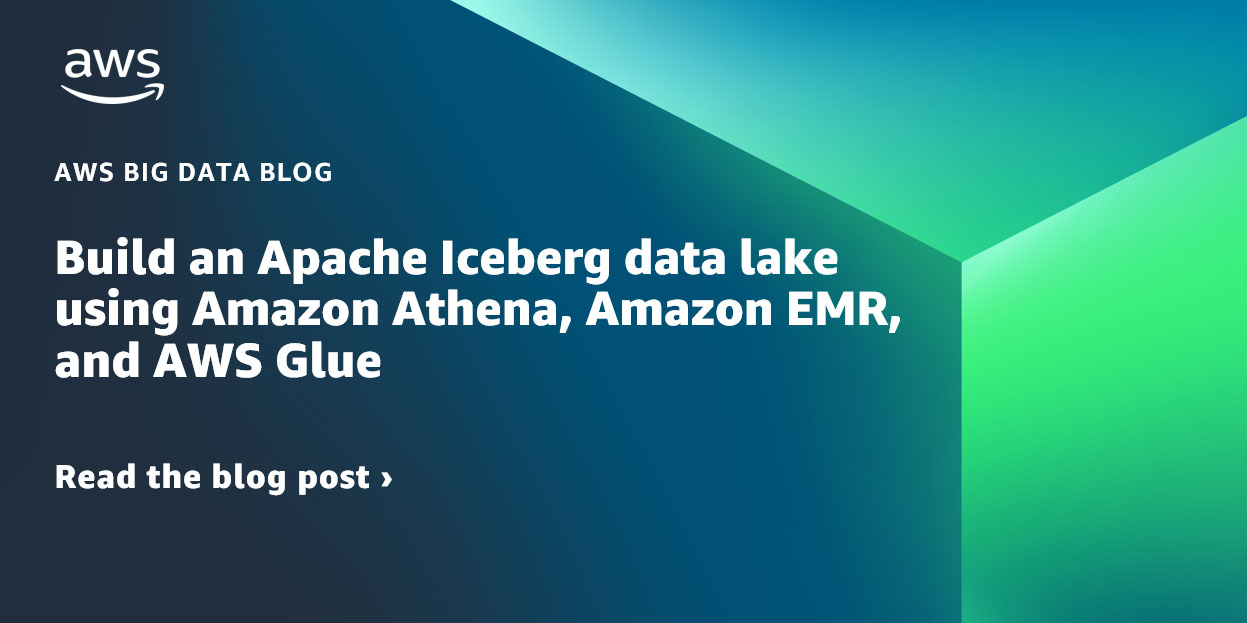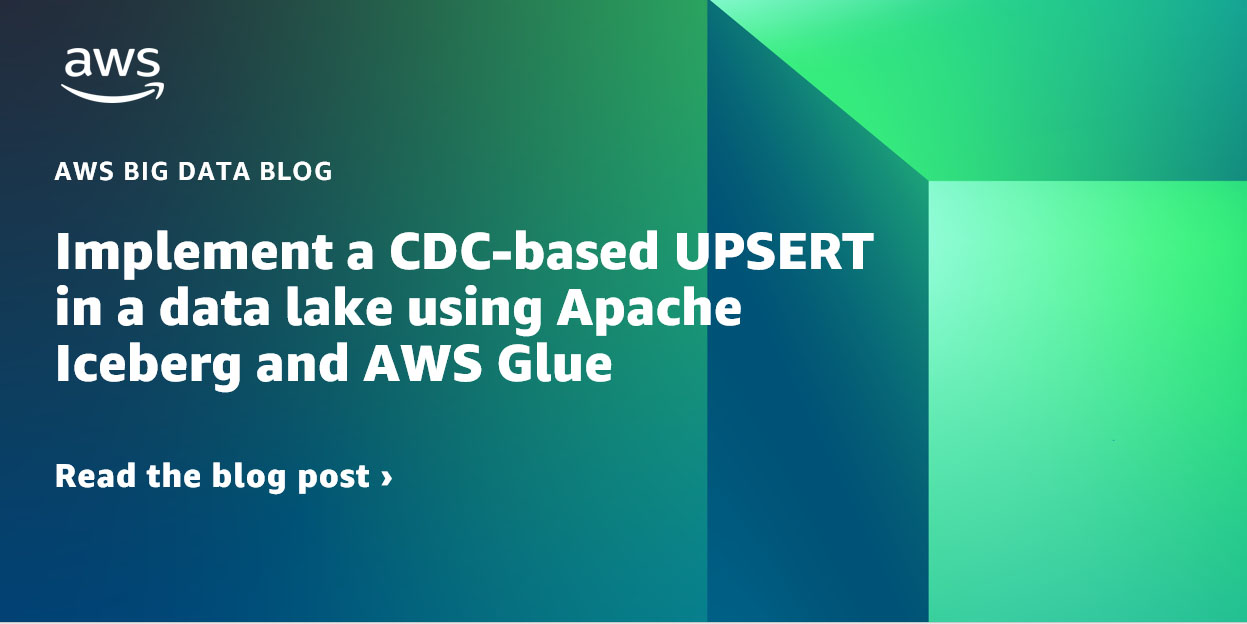AWS Big Data Blog
Category: Analytics
Configure an automated email sync for federated SSO users to access Amazon QuickSight
Amazon QuickSight is a scalable, serverless, embeddable, machine learning (ML)-powered business intelligence (BI) service built for the cloud that supports identity federation in both Standard and Enterprise editions. Organizations are working towards centralizing their identity and access strategy across all their applications, including on premises, third-party, and applications on AWS. Many organizations use identity providers […]
Accelerate Amazon DynamoDB data access in AWS Glue jobs using the new AWS Glue DynamoDB Export connector
Jan 2024: This post was reviewed and updated for accuracy. Modern data architectures encourage the integration of data lakes, data warehouses, and purpose-built data stores, enabling unified governance and easy data movement. With a modern data architecture on AWS, you can store data in a data lake and use a ring of purpose-built data services […]
Stream change data to Amazon Kinesis Data Streams with AWS DMS
August 30, 2023: Amazon Kinesis Data Analytics has been renamed to Amazon Managed Service for Apache Flink. Read the announcement in the AWS News Blog and learn more. In this post, we discuss how to use AWS Database Migration Service (AWS DMS) native change data capture (CDC) capabilities to stream changes into Amazon Kinesis Data […]
Create cross-account, custom Amazon Managed Grafana dashboards for Amazon Redshift
Amazon Managed Grafana recently announced a new data source plugin for Amazon Redshift, enabling you to query, visualize, and alert on your Amazon Redshift data from Amazon Managed Grafana workspaces. With the new Amazon Redshift data source, you can now create dashboards and alerts in your Amazon Managed Grafana workspaces to analyze your structured and […]
Use AWS Glue to read and write Apache Iceberg tables with ACID transactions and perform time travel
September 2023: This post was reviewed and updated for accuracy. Nowadays, many customers have built their data lakes as the core of their data analytic systems. In a typical use case of data lakes, many concurrent queries run to retrieve consistent snapshots of business insights by aggregating query results. A large volume of data constantly […]
Build an Apache Iceberg data lake using Amazon Athena, Amazon EMR, and AWS Glue
March 2024: This post was reviewed and updated for accuracy. Most businesses store their critical data in a data lake, where you can bring data from various sources to a centralized storage. The data is processed by specialized big data compute engines, such as Amazon Athena for interactive queries, Amazon EMR for Apache Spark applications, […]
Resize Amazon Redshift from DC2 to RA3 with minimal or no downtime
Amazon Redshift is a popular cloud data warehouse that allows you to process exabytes of data across your data warehouse, operational database, and data lake using standard SQL. Amazon Redshift offers different node types like DC2 (dense compute) and RA3, which you can use for your different workloads and use cases. For more information about […]
Implement a CDC-based UPSERT in a data lake using Apache Iceberg and AWS Glue
May 2023: This post was reviewed and updated with code to read and write data to Iceberg table using Native iceberg connector, in the Appendix section. As the implementation of data lakes and modern data architecture increases, customers’ expectations around its features also increase, which include ACID transaction, UPSERT, time travel, schema evolution, auto compaction, […]
How GE Proficy Manufacturing Data Cloud replatformed to improve TCO, data SLA, and performance
This is post is co-authored by Jyothin Madari, Madhusudhan Muppagowni and Ayush Srivastava from GE. GE Proficy Manufacturing Data Cloud (MDC), part of the GE Digital’s Manufacturing Execution Systems (MES) suite of solutions, allows GED’s customers to increase the derived value easily and quickly from the MES by reliably bringing enterprise-wide manufacturing data into the […]
Optimize Federated Query Performance using EXPLAIN and EXPLAIN ANALYZE in Amazon Athena
Amazon Athena is an interactive query service that makes it easy to analyze data in Amazon Simple Storage Service (Amazon S3) using standard SQL. Athena is serverless, so there is no infrastructure to manage, and you pay only for the queries that you run. In 2019, Athena added support for federated queries to run SQL […]









